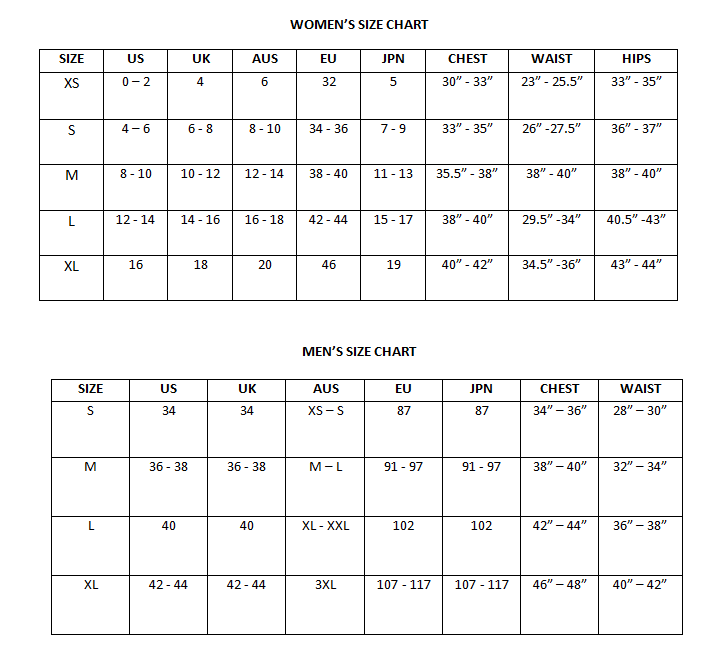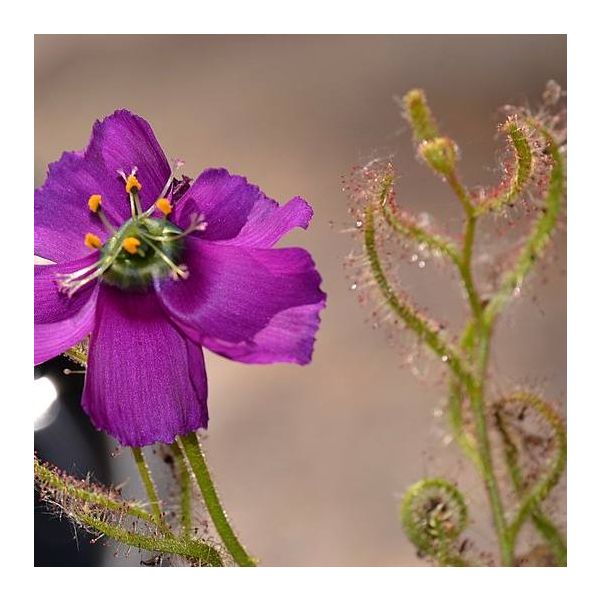Drosera Cistiflora Seeds
Drosera Cistiflora Seeds
It's growth is unusual in that it comes out of dormancy as a rosette, then puts out a weak to moderately strong stem as the season progresses.

Delivery
All orders shipped with UPS Express.
Always free shipping for orders over US $250.
All orders are shipped with a UPS tracking number.
Returns
Items returned within 14 days of their original shipment date in same as new condition will be eligible for a full refund or store credit.
Refunds will be charged back to the original form of payment used for purchase.
Customer is responsible for shipping charges when making returns and shipping/handling fees of original purchase is non-refundable.
All sale items are final purchases.
Help
Give us a shout if you have any other questions and/or concerns.
Email: contact@domain.com
Phone: +1 (23) 456 789
Availability: In stock
SKU
Drosera Cistiflora
Drosera cistiflora is tuberous and native to South Africa. Drosera cistiflora grows around the South African Cape extending West, and a little east of there. It is commonly found in damp areas. It is an easy Winter grower.
Drosera cistiflora is a larger, soft, weakly erect Sundew. It's growth is unusual in that it comes out of dormancy as a rosette, then puts out a weak to moderately strong stem as the season progresses. The green leaves have tentacles that exude mucilaginous drops.
Its' flowers are the largest in the genus, measuring by some accounts between 3.5" and 4". The flowers are predominaently pink. However, other colors observed have been white, purple, cream to yellowish and more rarely red and even orange. Bloom time in the Northern Hemisphere is in January and February, August and September in the Southern Hemisphere. Flowers are solitary or up to 6-8 may occur laterally along the flowering stem. The flowers of this species have a characteristic dark green centre.
It's an insectivorous plant, it can survive in nitrogen poor soils because it gets the nutrients it needs from insects. The upper surfaces of leaves are covered with hairs that secrete a sweet sticky substance. This attracts insects, which become smeared with it and unable to escape. The plant then exudes a digestive fluid that enables it to absorb most of the insect into its system.
It is a Winter growing, Summer dormant. South Africa has a Mediterranean climate which means it has Winter rains and very dry Summers. Drosera cistiflora is tuberous, dying down and becoming dormant in Summer and then sprouting and growing again with the advent of Winter rains. They start new growth in October and November, reaching 10 to 12 inches.
Growth occurs during the Winter months. It is important to respect the seasonal pattern of growth in cultivation. Once the plant starts to die back and enter dormancy the soil should be allowed to gradually dry out as the plant starts storing up energies in the tuber for the next season's growth. During the Summer months, reduce watering. Tuberous sundews can only be repotted when dormant, as the stem connecting the tuber to the soil surface is delicate.
They need a dormant period of about 3 months in Summer. At this time the compost should be allowed to dry slightly. Over the Summer, keep them in just a little water, letting the water evaporate completely once in a while. You can let them dry out more than this.
Hardiness zones 10-11, (1øC/35øF, 5øC/40øF) in Winter. They like temperatures between 20øC and 5øC, they can tolerate 0øC. Temperatures well above 25øC/78øF can cause them to die back and will kill seedlings. They should be grown in bright light, but with protection from full midday sun. In cloudy coastal areas, artificial light is preferable.
In nature, the soil is described as sand or clay, with a little organic matter. Use a soil mix of 1 part sand for 1 part peat moss. There's no need to fertilize, as the plant relies on insects for food. They require seasons in order to survive long term.
Water must be distilled or rain water because they do not tolerate city or hard water. It is a good idea to place a pie pan or large saucer, with about an inch of water in it, under the pot. Elevate the pot by placing pebbles under it so that the base of the pot is barely in contact with the water, not submerged; the growing medium must stay moist, but never soggy. This will keep the humidity around the plant higher and it will ensure that the plant has a constant source of moisture.
| Label | Drosera cistiflora |
|---|---|
| Common name | Sundew |
| Genus | Drosera |
| Species | Drosera cistiflora |
| Germination | The seeds require 6 weeks hot stratification. Sow directly on the surface of your moist but not soaked soil mix. Do not cover them with any medium, the seeds are really tiny. After hot stratification, somewhat uncover the top of the pot, so that moisture and heat drop a little. Place the pot in an area with real nice strong light and keep the temperature around 20øC/68øF. When you see some tiny plants starting to sprout, slowly open the top of the pot, a little each day, so that the new seedlings don't go into shock from the humidity being lowered too quickly. After hot stratification, germination usually occurs in 1-3 months, but it can be prolonged up to several months, depending on their degree of unbroken dormancy, don't give up. Be very gentle with the new seedlings, not to destroy anything, it is very tiny. Make sure that it gets good air circulation. |
| Scarification / Stratification | It creates a hot and moist environment for the seeds. This will break their dormancy. Place the seeds on top of a prepared soil mix. Put the pots with seeds in plastic ziplock bags under but not too close to florescent lights. A temperature around 25øC / 76øF works best. Make sure to check the seeds often. If fungus or mold appears treat it with a fungicide. |
| Price View | Price Range |

